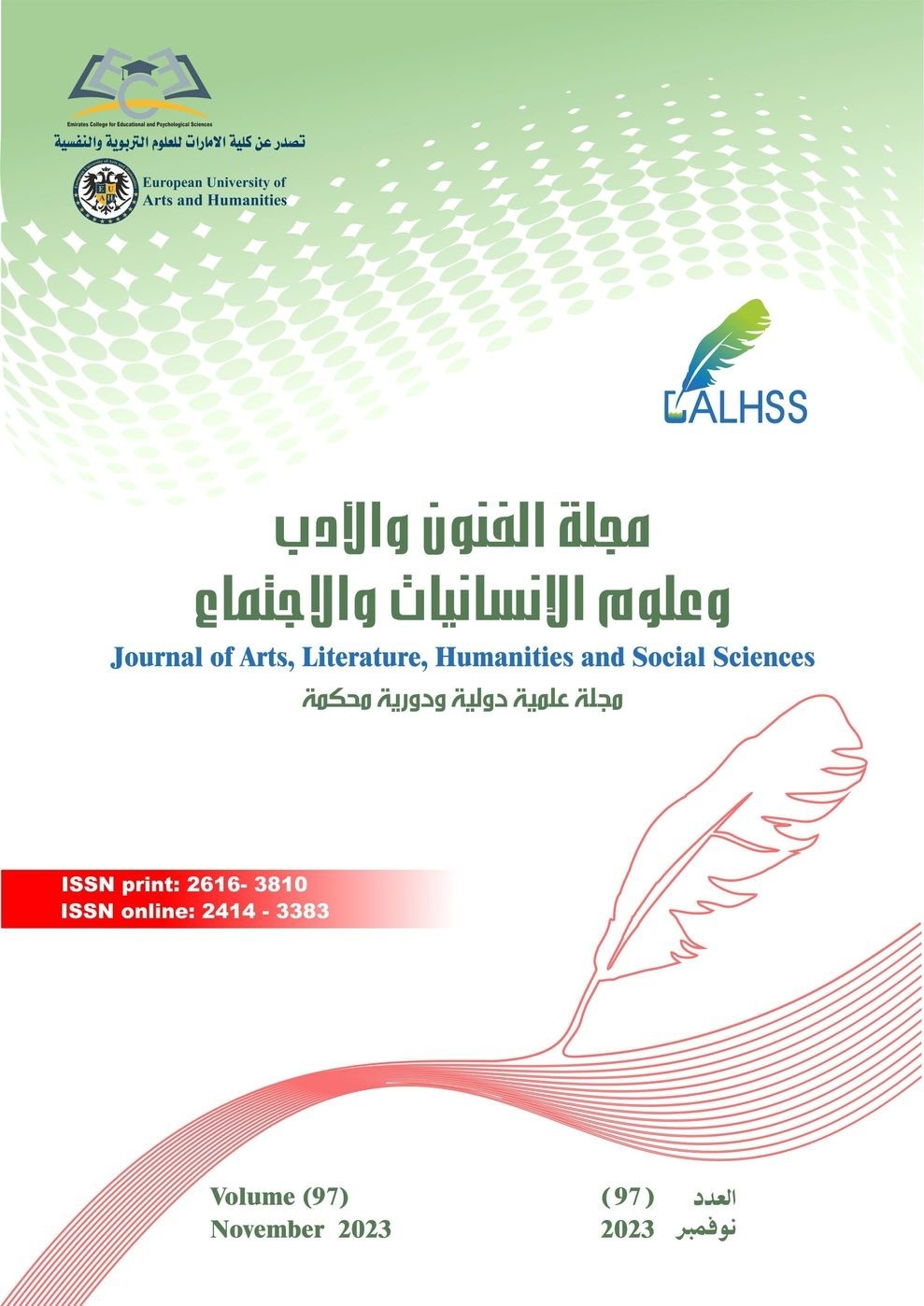Enhancing Design Visualization and Communication and in interior Architecture through virtual Reality Technology
Abstract
This research aims to explore the potential of virtual reality (VR) technology in enhancing design perception and communication in the field of interior architecture through the use of virtual reality technology, as designers can create realistic virtual environments that allow customers to experiment and interact with their proposed designs before the actual construction phase, this research discusses the effectiveness of virtual reality in improving communication between designers and customers, allowing a more accurate understanding of design concepts, and facilitates better decisions during the design process, This research will also contribute to developments in design perception and communication methods.the results of this research are expected to contribute to increasing knowledge about the application of virtual reality in interior architecture. it will also provide designers with acquired ideas for making more informed decisions, improving cooperation with clients, and ultimately enhancing the overall design process in interior architecture. in addition, this research will address the challenges and limitations of using virtual reality technology in design perception and provide recommendations for their successful implementation, which ultimately leads to more efficient and successful interior architectural projects.
References
2- الدالي، علي. ( 2019 ), تكنولوجيا الواقع الافتراضي ومستقبل السينما والرسوم المتحركة, المؤتمر الدولي الرابع للفنون التشكيلية وخدمة المجتمع، كلية الفنون الجميلة في جامعة الأقصر، مصر.
3- شمس, على, (2019), تأثير التكنولوجيا الرقمية على تصميم المنظر المسرحي, مجلة العمارة والفنون والعلوم الإسلامية, 4(20): 290- 302.
4- عباس, أحمد, (2019), تطبيقات الواقع الإفتراضي, موقع مفيد, https://mofeeed.com .
5- عبد الحليم, الشيماء, (2017), الواقع الإفتراضي والأطفال والتعلم, المجلة العلمية لكلية رياض الأطفال, 3(4): 206-243.
6- عبد اللطيف, رانيا, (2010), المعالجات المعمارية في قاعات المسارح لجودة النظم الصوتية والضوئية, مجلة العمارة والفنون, 3(10): 237-248.
7. Design Milk Staff. (2020). How Virtual Reality Is Changing the World of Interior Design, Design Milk, https://design-milk.com.
8- Julie Milovanovic & Guillaume Moreau. (2017). Virtual and Augmented Reality in Architectural Design and Education. HAL open science.
9. Pavol Kaleja, Mária Kozlovská. (2017). Virtual Reality as Innovative Approach to the Interior Designing. Journal of Civil Engineering, 12(1): 109-116.
10. Nilesh, C. (2015). The world of Virtual Reality in cinema. The Economic Times, https://economictimes.indiatimes.com.
11. Soffer, H.: Immersive Virtual Environment Technology: A new Crit Learning Model. In Proceedings of Places for Learning Experiences: Think, Make, Change Symposium. Thessaloniki, Grèce, 236–246 (2019).
12. Vally, M (2013). Foundation’s analysis and design. Hong Kong: The Government of the Hong Kong Special Administrative Region.
13- Yu Gui & Shuaiye Shi. (2021). Application of VR Technology in Interior Design, International Conference on Cognitive based Information Processing and Applications. pp 735–743.
14- https://vection-technologies.com/blog/Why-Architects-are-Using-AR-VR-Technologies-in-their-Workflows/
15- https://www.brrarch.com/ar-vr-as-a-design-tool/
16. https://www.archdaily.com/799379/how-to-design-theater-seating-shown-through-21- detailed-example-layouts.



